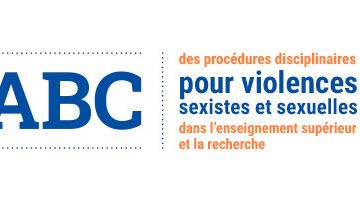Publié par Ministry of Higher Education and Science
Bredgade 40
1260 Copenhagen K
mail: ufm@ufm.dk
Extrait de l’introduction:
Women comprised 56 per cent of new students enrolled on undergraduate degree programmes at universities in 2014. The female majority evens out at PhD level. For example, in 2013 the gender divide ofthose starting a PhD was fairly equal (men –50.2 per cent, women -49.8 per cent). Of course, it is not a given that all who pursue a PhD continue a research career at university. But that alone cannot account for the figures in 2013 that show women made up just a third of university researchers at the assistant professor, associate professor and professor-level.
This publication describes the gender equality situation in Danish research on the basis of the latest available statistics, statutory requirements, etc. The seven chapters cover:
1. The development of female researchtalents, focusing onthe development of the number of femaleresearchers at university, and how mentor schemes can help support the development.
2. Equal opportunities for research positions, focusing on gender balance at universities and how increased transparency in the advertising and occupation of positions can contribute to a more equal gender balance.
3. More women in research leadership positions and how universities and publicly funded research councils and foundations work with research managers.
4. The work environment and culture, focusing on how universities approach these topics.
5. More women in university boards and management, focusing on gender balance at the
management level and how to achieve it.6. More women in decision – making bodies in research councils and foundations, focusing
on the gender balance of external evaluatorsused by the councils and foundations.7. The integration of gender in research, focusing on how research councils and foundations attempt to integrate gender perspectives in research projects.
Télécharger le rapport (27 p.): Women in research_Dk_mai2015
